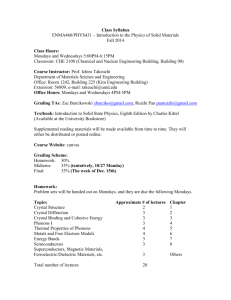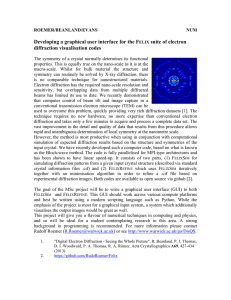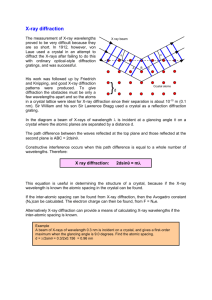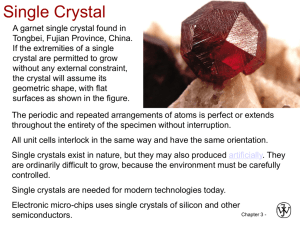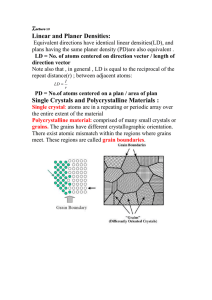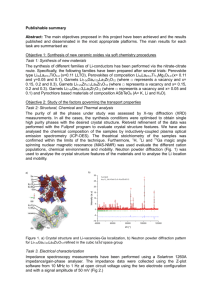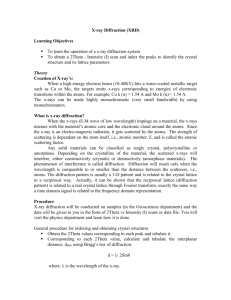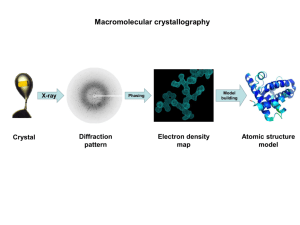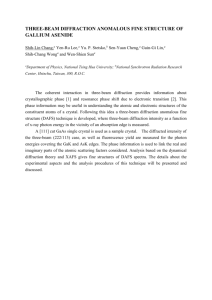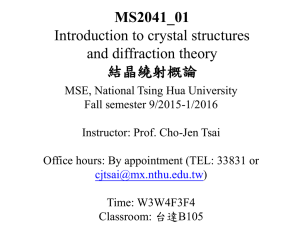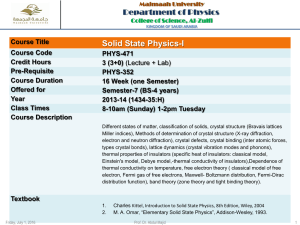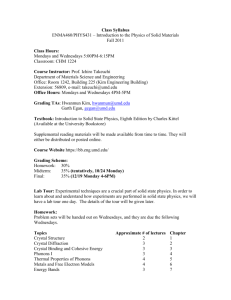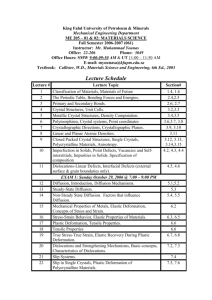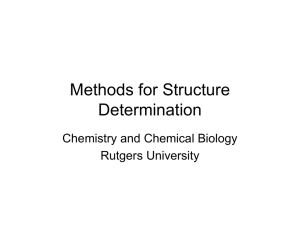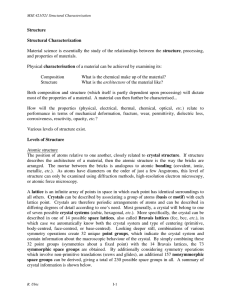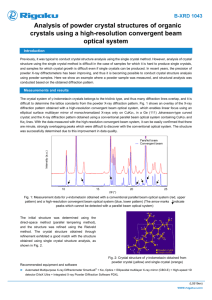Coherent X-ray Diffraction as a Materials Research Tool for the
advertisement
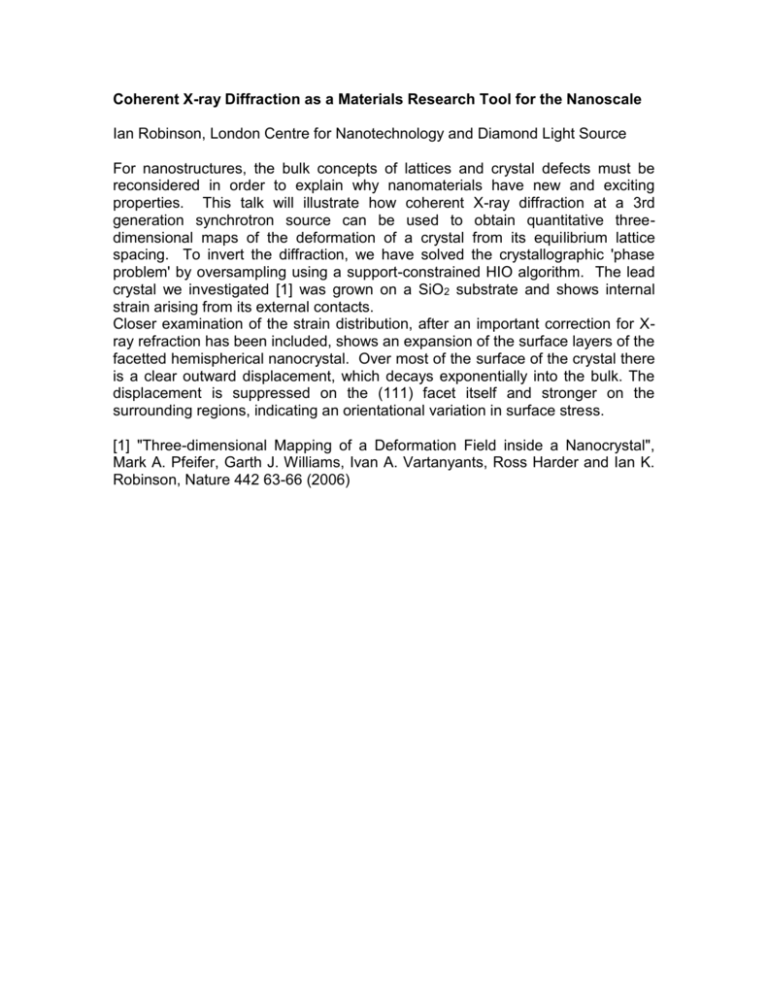
Coherent X-ray Diffraction as a Materials Research Tool for the Nanoscale Ian Robinson, London Centre for Nanotechnology and Diamond Light Source For nanostructures, the bulk concepts of lattices and crystal defects must be reconsidered in order to explain why nanomaterials have new and exciting properties. This talk will illustrate how coherent X-ray diffraction at a 3rd generation synchrotron source can be used to obtain quantitative threedimensional maps of the deformation of a crystal from its equilibrium lattice spacing. To invert the diffraction, we have solved the crystallographic 'phase problem' by oversampling using a support-constrained HIO algorithm. The lead crystal we investigated [1] was grown on a SiO2 substrate and shows internal strain arising from its external contacts. Closer examination of the strain distribution, after an important correction for Xray refraction has been included, shows an expansion of the surface layers of the facetted hemispherical nanocrystal. Over most of the surface of the crystal there is a clear outward displacement, which decays exponentially into the bulk. The displacement is suppressed on the (111) facet itself and stronger on the surrounding regions, indicating an orientational variation in surface stress. [1] "Three-dimensional Mapping of a Deformation Field inside a Nanocrystal", Mark A. Pfeifer, Garth J. Williams, Ivan A. Vartanyants, Ross Harder and Ian K. Robinson, Nature 442 63-66 (2006)


